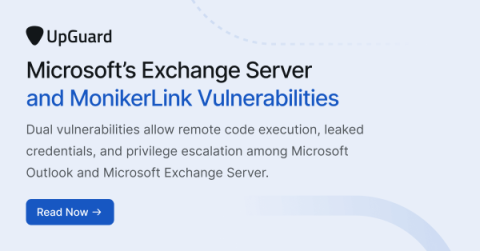CVE-2024-1709 & CVE-2024-1708: Follow-Up: Active Exploitation and PoCs Observed for Critical ScreenConnect Vulnerabilities
On February 20, 2024, we published a security bulletin detailing newly disclosed authentication bypass and path traversal vulnerabilities in ConnectWise ScreenConnect. Shortly after the bulletin was sent, ConnectWise updated their security bulletin with IOCs from observed active exploitation of these vulnerabilities. On February 21, 2024, the vulnerabilities were assigned the following CVE numbers.











